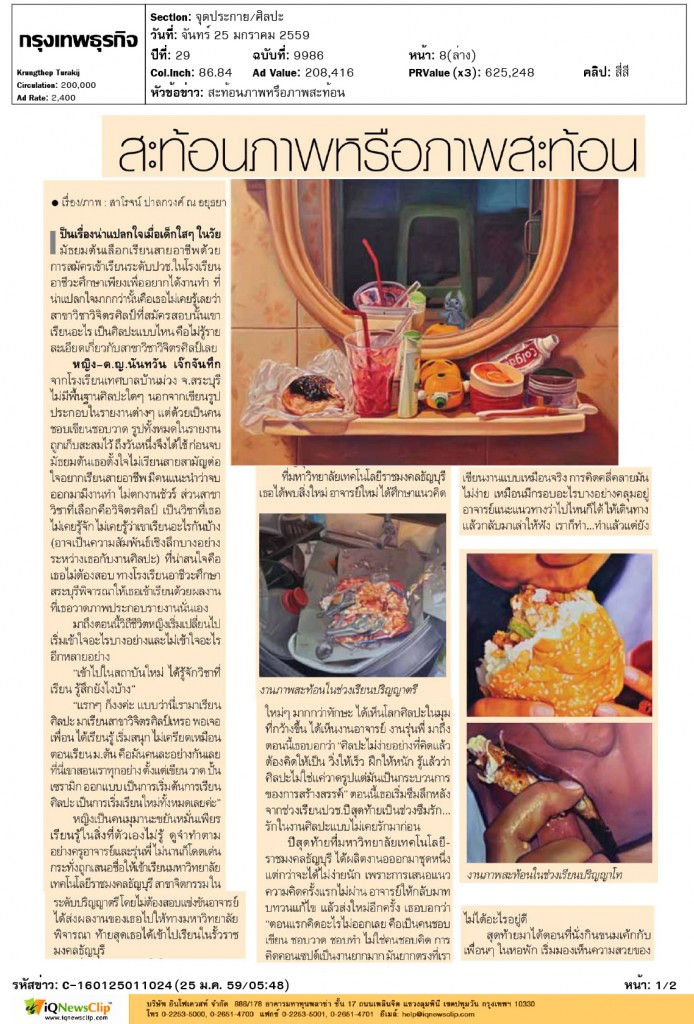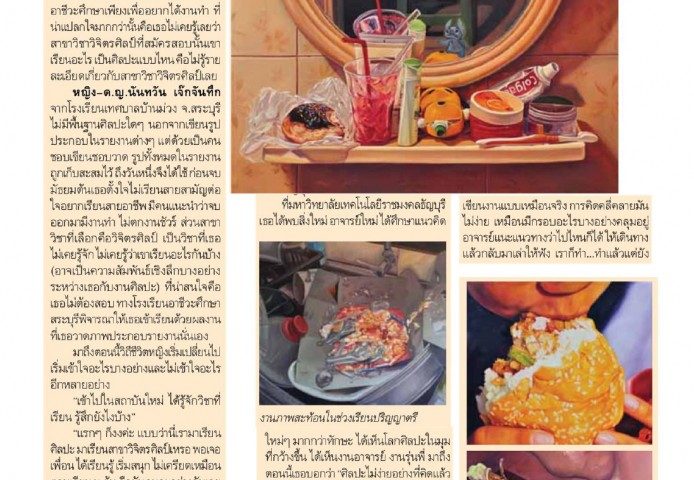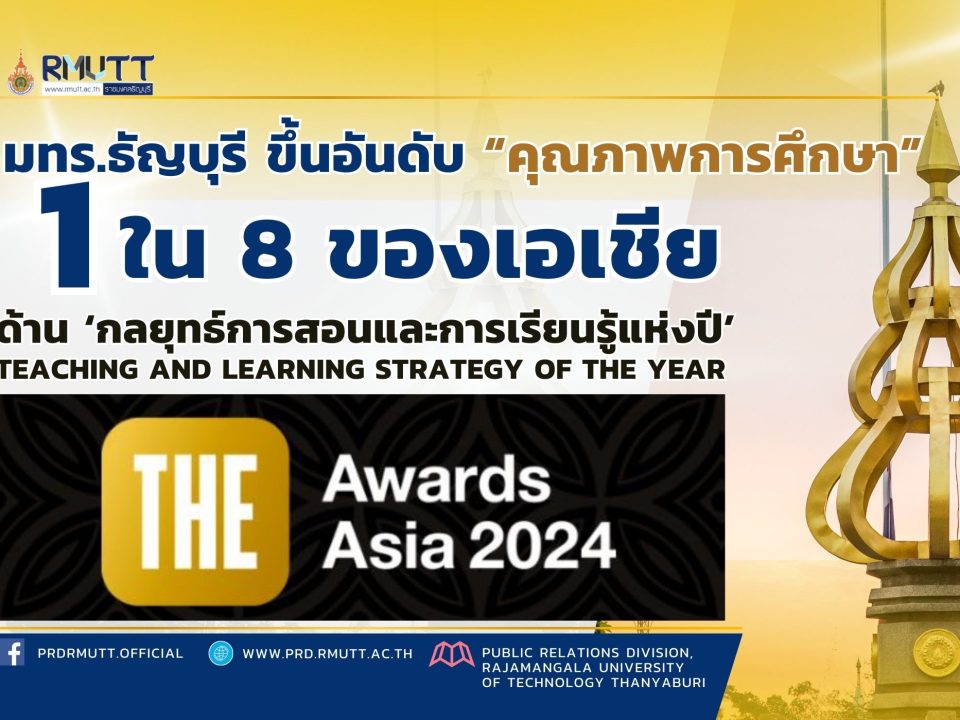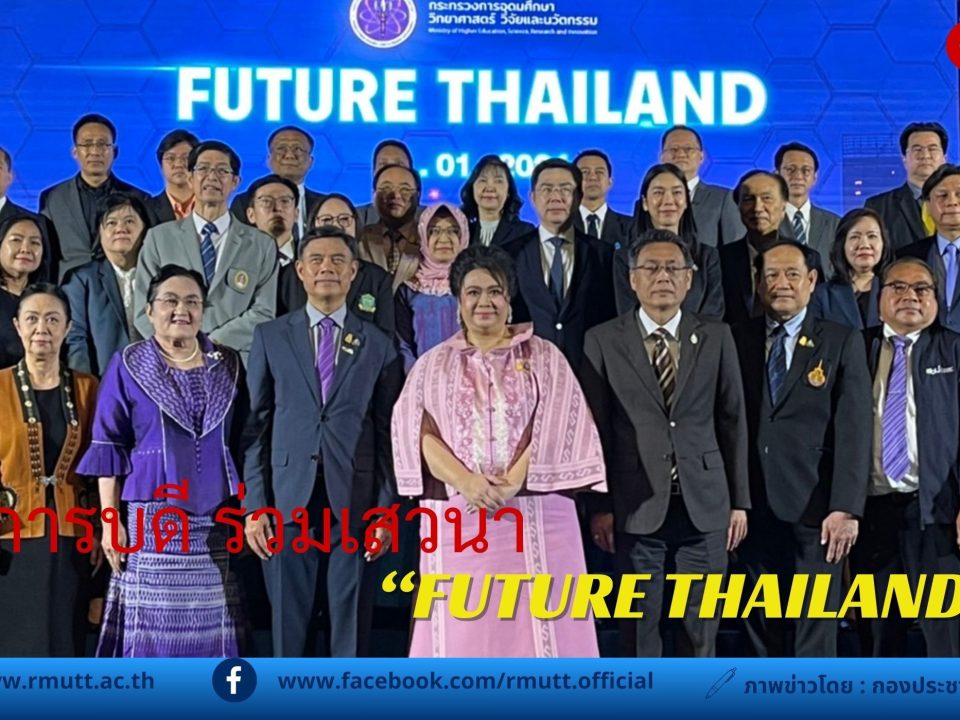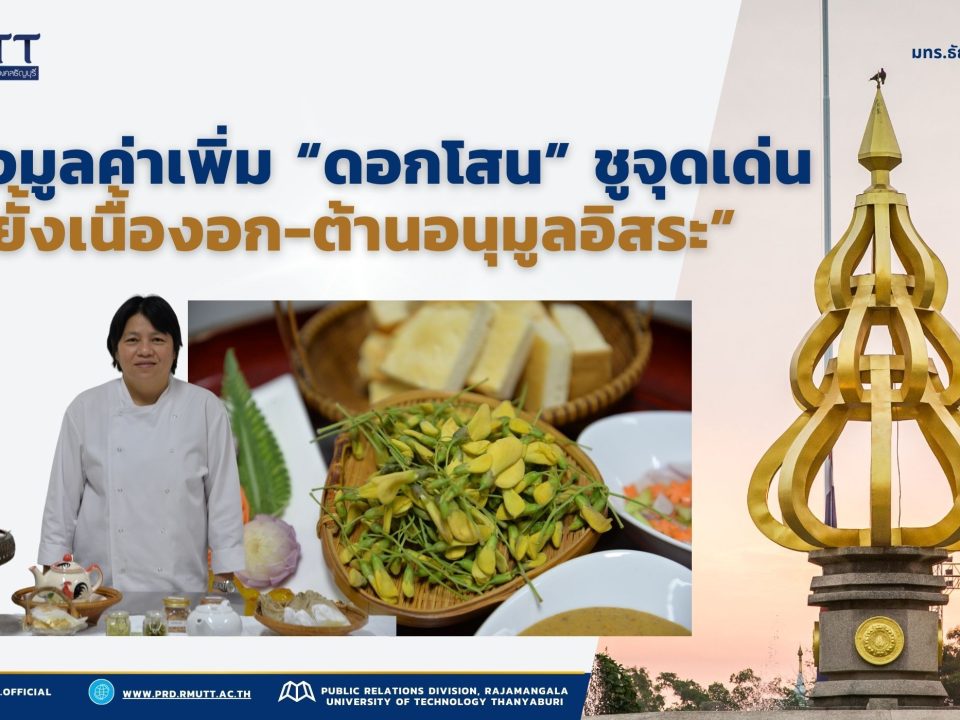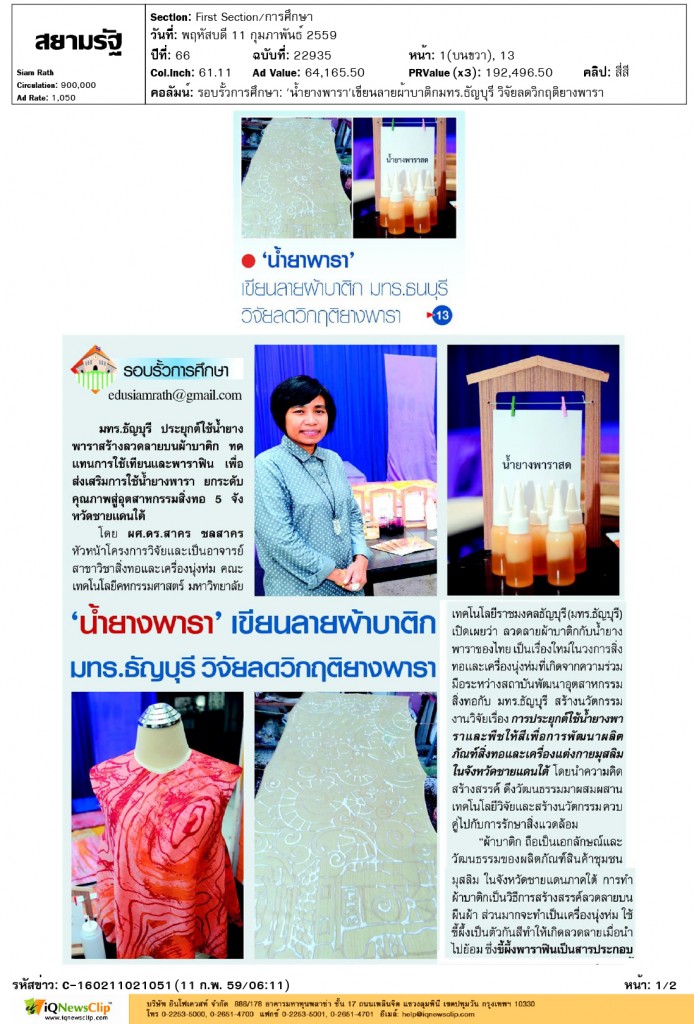
Painting Batik using Latex: Research to Mitigate the Rubber Crisis
19/06/2016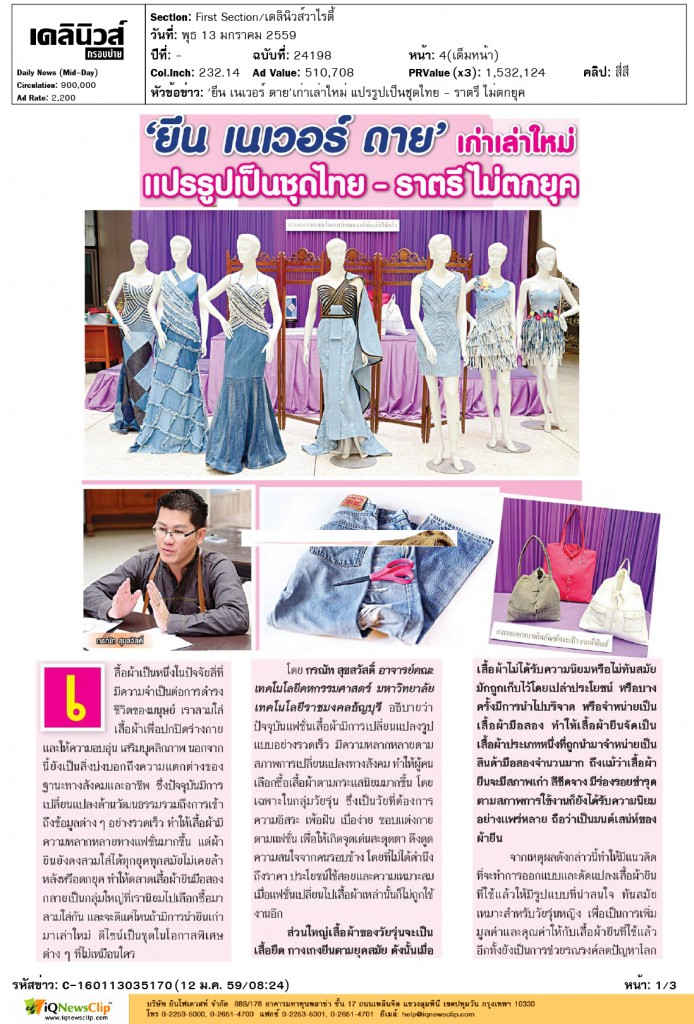
L‘Jeans Never Die’ – Modifying Jeans into Thai Evening Gowns
19/06/2016It is quite surprising when middle school students choose to enroll in vocational schools for the purpose of finding a job. What is even more surprising is if one never knew what the program one will enroll in is about and what the program details are.
“Ying” Nantawan Jekjantuk from Baan Muang school district in Saraburi province had no foundation in art besides drawing as part of various school reports. However, because she loved drawing, she kept all her reports that contained her illustrations for future use. Before completing middle school, she intended not to continue on the path to earn a high school diploma. She wanted to study at a vocational school because others suggested that it would make finding a job easier and she would not be unemployed. She chose to study in the Faculty of Fine Arts without previously knowing what the program was about. Interestingly enough, she did not need to complete any tests because Saraburi Vocational College accepted her based on her portfolio, which consisted of illustrations from her reports.
How did you feel when you started school at a new institution, learning a new subject?
“I was confused at first. I was still dealing with the fact that I was here to study fine art. It was more fun when I started to make friends and enjoy learning. It was not as stressful as middle school. The vocational college taught me everything – from drawing, sculpture making, ceramics, and design, as part of the foundation, and what I learnt was all new for me” said Ying. She was a motivated and hardworking student who loved to learn what she did not know. She learned by watching others, remembered how they did certain things, and did it by herself afterwards, following professors and senior students. Soon after, her work stood out. Her professors from Saraburi Vocational College sent her portfolio to RMUTT for consideration and she was nominated to attend RMUTT in the Faculty of Fine and Applied Arts as an undergraduate, without having to complete any tests. She met new professors and learned about new ideas, rather than mastering only skills. She gained a broader perspective of art from having seen professors’ and senior students’ artwork. To this day, she still says that art is not as easy as one thinks. One has to know how to think, be agile, and hone proper skills. Art is not only about drawing; it is a creative process.
It was not easy for RMUTT to produce a series of work because Ying’s concept was not approved the first time. “Professors told us to review the concept then resubmit it. Initially, I could not think of anything because I just liked to write and draw. I was more of a hands-on person, not a creative person, and thinking of a concept was very hard work for me because it had to be realistic” said Ying. Professors advised her to explore the concept then share her thoughts with them, and that was what she did. This time she adopted a broader and deeper perspective and began to notice more behaviors. “I stayed with my friends in the student dormitory and noticed this behavior repeatedly (eating behavior). We were eating cake and eventually finished it. I questioned why we have adopted this lifestyle and why our eating habits have become like this. Repeatedly doing the same things for a long time will make one become used to this way of living. When one keeps doing it, it is not a wrong way of behaving. Instead, it becomes the right way to behave. I realized that this behavior was an urban behavior, and it became our concept. We reflected on the concept in a clear and stylish manner, not violent or heavy like
men’s style” said Ying. Ying later revealed that she loved eating and that the concept probably reflected her way of behaving as well. Her concept was considered a smart solution as she gathered ideas from everyday observations and behaviors (e.g., eating cake with friends). She was able to convey the concept well because it was something she frequently did.
After completing her undergraduate degree, she was accepted to Silpakorn University’s master’s program. Her father said that she would have to earn money by herself if she wanted to go to graduate school, so she is currently living two lifestyles – one as a student and another as a working professional.
Reflection
